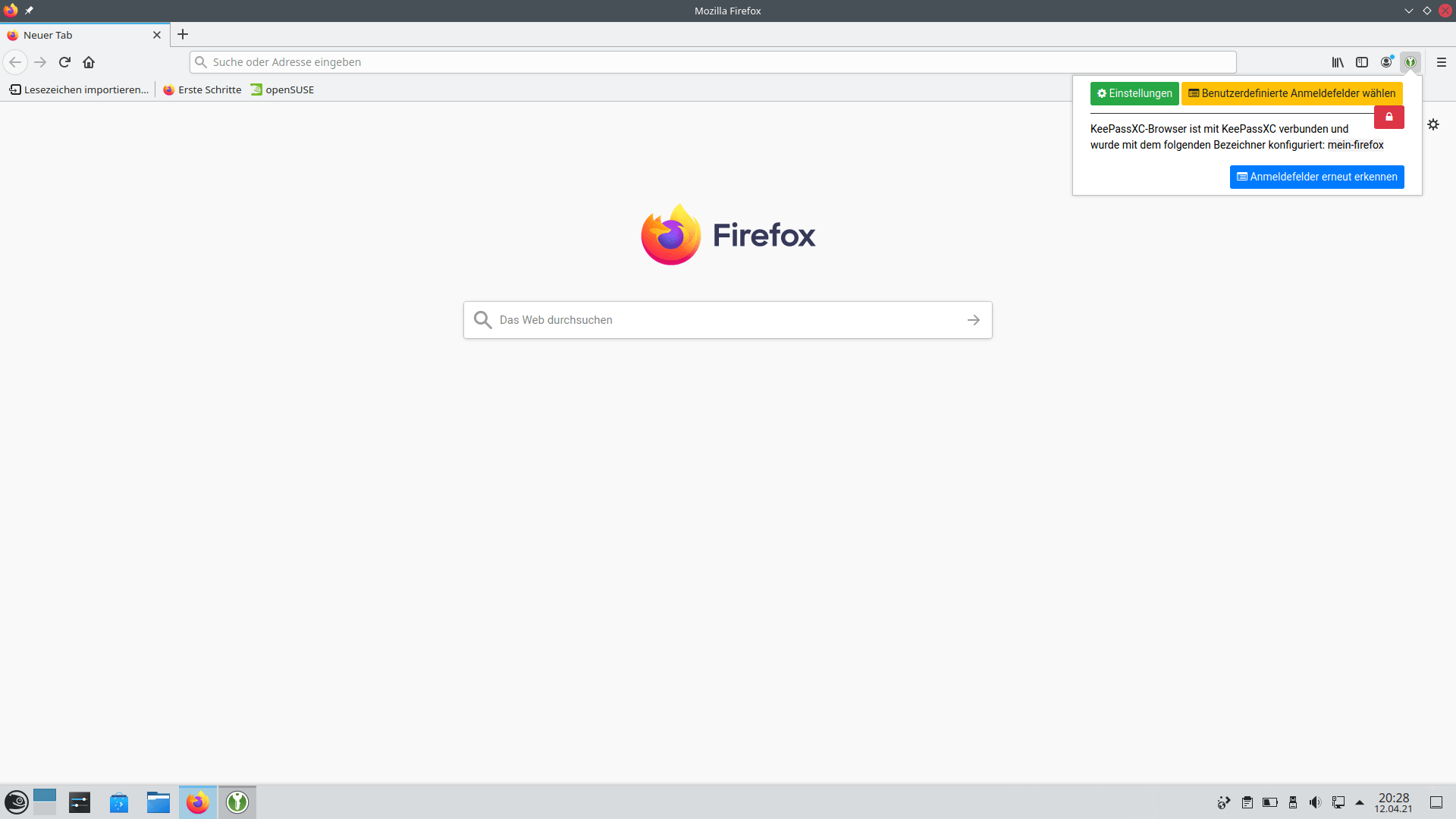
Choose entry titles with care if you plan to use auto-type. But if the title of the entry is Amazon UK, the match will fail. For example, if the title of the entry is Amazon, it will match the Amazon Sign In window mentioned above. If the title of the entry appears somewhere in the title of the window, it is considered a successful match. Matching Rules for titlesĪ perfect match is not required. T he topic of window names is discussed later in the article. But auto-type can be made to work by adjusting the title or by explicitly specifying window names. Many users dub auto-type as unreliable and give up on it. But it also causes some confusion when it does not work. The title matching behavior of KeePass allows it to support auto-type on a large number of sites without the need for any configuration. KeePass takes the title of each of the entries in the database and tries to match each of them with the window title. Since URL matching is out of the question, entry titles are used instead. Now it needs to decide which of the KeePass database entries should be used. KeePass knows the title of the active window. Let us look at the other side of the equation. For example, the title of the Amazon sign-in page is just that Amazon Sign In. However, most webpages do use the name of the site in the title of their pages. Window titles are not as reliable as URLs for matching since they may be somewhat generic. That is what KeePass uses to identify windows. It does have reliable access to window titles. For example, it cannot reliably access the address field of a web browser. KeePass does not have reliable access to internal GUI elements of external windows. The automatic hotkey option has some limitations. How KeePass finds matching entries and why you should care You can change the default hotkey by going to Tools➾Options➾Integration.

The default hotkey might not work if it conflicts with an existing hotkey. If it finds a match, It would send the keystrokes needed to the currently active window. KeePass would attempt to match the current window with an entry in the KeePass database.

Open the target window, select its first input box and press the global hotkey. It works regardless of which window is currently active. KeePass auto-type can be triggered using a global hotkey. Most of the time this happens automatically when you load a login page.įully automatic auto-type using the global hotkey Before opening the KeePass window, we have to select the first input box on the page.It is our responsibility to make sure that this window is the target window. Then it sends the keystrokes to whichever window is active at that point. It minimizes itself when we choose auto-type.
#KEEPASSXC CHROME AUTOFILL WINDOWS#
KeePass doesn’t know which of our windows is the target window.There are a couple of points to take note of:. KeePass will send the keystrokes to your login form. Choose the option: Perform Auto-Type from the context menu or use the keyboard shortcut CTRL+V.You can use a global hotkey to activate the KeePass window.

Let us say your currently active window contains a login form.
#KEEPASSXC CHROME AUTOFILL MANUAL#
Partially automatic auto-type using manual entry selection


 0 kommentar(er)
0 kommentar(er)
